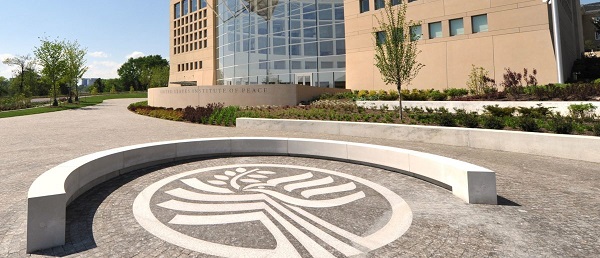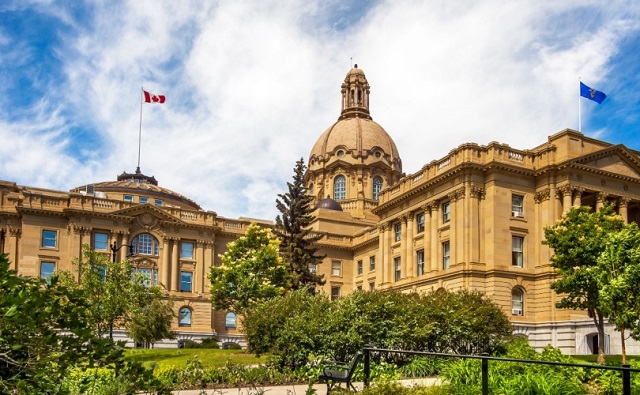Alberta
Come meet Canadian Olympic Heroes at the Alberta Sports Hall of Fame

Celebrate with Marco Arop, Nicholas Bennett, Diane Jones Konihowski, Lyndon Rush, Rebecca Smith, Reid Maxwell, and Molly Simpson
September 30, 2024 | Alberta Sports Hall of Fame, Red Deer, AB
The Alberta Sports Hall of Fame is excited to announce an exclusive Olympian Meet & Greet event on September 30, 2024, featuring a lineup of seven of Canada’s most celebrated athletes: Marco Arop, Nicholas Bennett, Diane Jones Konihowski, Lyndon Rush, Rebecca Smith, Reid Maxwell, and Molly Simpson. This unique event will give fans an extraordinary opportunity to meet these Canadian Olympians, learn about their journeys, and get inspired by their remarkable stories.
Each of these athletes has made significant contributions to their respective sports, representing Canada on the global stage with distinction:
- Marco Arop – A middle-distance running powerhouse, Marco Arop is a decorated 800m runner and World Championship medalist. His resilience, speed, and passion have inspired a new generation of track athletes.
- Nicholas Bennett – A Paralympic swimming sensation, Nicholas Bennett has set records in the pool and inspired countless fans with his dedication, determination, and stellar achievements on the international stage.
- Diane Jones Konihowski – An icon in Canadian athletics, Diane Jones Konihowski is a former Olympic heptathlete and gold medalist at both the Pan American and Commonwealth Games. Her storied career has earned her a lasting legacy in the world of sports.
- Lyndon Rush – An Olympic medalist in bobsleigh, Lyndon Rush is known for his skill and leadership on the ice track. His achievements in the sport have solidified him as one of Canada’s most notable bobsleigh athletes.
- Rebecca Smith – A talented swimmer who represented Canada at the Olympic Games, Rebecca Smith has earned accolades in international competitions, showcasing her strength and perseverance in the pool.
- Reid Maxwell – An accomplished swimmer, Reid Maxwell proudly wore the Canadian colours this year at hist first Paralympic Games in Paris.
- Molly Simpson – A rising star in BMX racing, Molly Simpson has demonstrated her skill and fearlessness on the international circuit. She continues to break barriers in the sport and inspire young athletes across the nation.

Event Highlights: Fans will have the chance to interact with these incredible athletes through autographs, photos, and personal conversations. Attendees will also hear firsthand accounts of their experiences at the highest levels of competition, from the challenges they faced to the triumphs that defined their careers. This event is a rare opportunity to connect with athletes from a wide range of sports, all of whom have represented Canada on the world stage.
Event Details:
Date: September 30, 2024
Time: 5:00 PM – 8:00 PM
Location: Alberta Sports Hall of Fame
4200 Queen Elizabeth II Highway, Red Deer, AB
Tickets: There is no charge for the Meet & Greet and entry to the Alberta Sports Hall of Fame is included. Guests will also have the opportunity to explore the museum’s engaging exhibits, which showcase the incredible history of sports in Alberta and the achievements of its most prominent athletes.

About the Alberta Sports Hall of Fame:
The Alberta Sports Hall of Fame is a museum dedicated to preserving Alberta’s rich sporting history. With interactive exhibits and a wide collection of artifacts, the Hall of Fame honors the athletes, coaches, and teams that have contributed to the province’s vibrant sports culture. Through events like the Olympian Meet & Greet, the Hall of Fame continues to engage the public and celebrate the athletes who have brought pride to Alberta and Canada.
2025 Federal Election
Next federal government should recognize Alberta’s important role in the federation
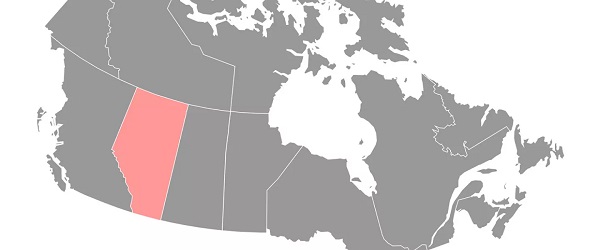
From the Fraser Institute
By Tegan Hill
With the tariff war continuing and the federal election underway, Canadians should understand what the last federal government seemingly did not—a strong Alberta makes for a stronger Canada.
And yet, current federal policies disproportionately and negatively impact the province. The list includes Bill C-69 (which imposes complex, uncertain and onerous review requirements on major energy projects), Bill C-48 (which bans large oil tankers off British Columbia’s northern coast and limits access to Asian markets), an arbitrary cap on oil and gas emissions, numerous other “net-zero” targets, and so on.
Meanwhile, Albertans contribute significantly more to federal revenues and national programs than they receive back in spending on transfers and programs including the Canada Pension Plan (CPP) because Alberta has relatively high rates of employment, higher average incomes and a younger population.
For instance, since 1976 Alberta’s employment rate (the number of employed people as a share of the population 15 years of age and over) has averaged 67.4 per cent compared to 59.7 per cent in the rest of Canada, and annual market income (including employment and investment income) has exceeded that in the other provinces by $10,918 (on average).
As a result, Alberta’s total net contribution to federal finances (total federal taxes and payments paid by Albertans minus federal money spent or transferred to Albertans) was $244.6 billion from 2007 to 2022—more than five times as much as the net contribution from British Columbians or Ontarians. That’s a massive outsized contribution given Alberta’s population, which is smaller than B.C. and much smaller than Ontario.
Albertans’ net contribution to the CPP is particularly significant. From 1981 to 2022, Alberta workers contributed 14.4 per cent (on average) of total CPP payments paid to retirees in Canada while retirees in the province received only 10.0 per cent of the payments. Albertans made a cumulative net contribution to the CPP (the difference between total CPP contributions made by Albertans and CPP benefits paid to retirees in Alberta) of $53.6 billion over the period—approximately six times greater than the net contribution of B.C., the only other net contributing province to the CPP. Indeed, only two of the nine provinces that participate in the CPP contribute more in payroll taxes to the program than their residents receive back in benefits.
So what would happen if Alberta withdrew from the CPP?
For starters, the basic CPP contribution rate of 9.9 per cent (typically deducted from our paycheques) for Canadians outside Alberta (excluding Quebec) would have to increase for the program to remain sustainable. For a new standalone plan in Alberta, the rate would likely be lower, with estimates ranging from 5.85 per cent to 8.2 per cent. In other words, based on these estimates, if Alberta withdrew from the CPP, Alberta workers could receive the same retirement benefits but at a lower cost (i.e. lower payroll tax) than other Canadians while the payroll tax would have to increase for the rest of the country while the benefits remained the same.
Finally, despite any claims to the contrary, according to Statistics Canada, Alberta’s demographic advantage, which fuels its outsized contribution to the CPP, will only widen in the years ahead. Alberta will likely maintain relatively high employment rates and continue to welcome workers from across Canada and around the world. And considering Alberta recorded the highest average inflation-adjusted economic growth in Canada since 1981, with Albertans’ inflation-adjusted market income exceeding the average of the other provinces every year since 1971, Albertans will likely continue to pay an outsized portion for the CPP. Of course, the idea for Alberta to withdraw from the CPP and create its own provincial plan isn’t new. In 2001, several notable public figures, including Stephen Harper, wrote the famous Alberta “firewall” letter suggesting the province should take control of its future after being marginalized by the federal government.
The next federal government—whoever that may be—should understand Alberta’s crucial role in the federation. For a stronger Canada, especially during uncertain times, Ottawa should support a strong Alberta including its energy industry.
Alberta
Province announces plans for nine new ‘urgent care centres’ – redirecting 200,000 hospital visits

Expanding urgent care across Alberta
If passed, Budget 2025 includes $17 million in planning funds to support the development of urgent care facilities across the province.
As Alberta’s population grows, so does the demand for health care. In response, the government is making significant investments to ensure every Albertan has access to high-quality care close to home. Currently, more than 35 per cent of emergency department visits are for non-life-threatening conditions that could be treated at urgent care centres. By expanding these centres, Alberta’s government is enhancing the health care system and improving access to timely care.
If passed, Budget 2025 includes $15 million to support plans for eight new urgent care centres and an additional $2 million in planning funds for an integrated primary and urgent care facility in Airdrie. These investments will help redirect up to 200,000 lower-acuity emergency department visits annually, freeing up capacity for life-threatening cases, reducing wait times and improving access to care for Albertans.
“More people are choosing to call Alberta home, which is why we are taking action to build capacity across the health care system. Urgent care centres help bridge the gap between primary care and emergency departments, providing timely care for non-life-threatening conditions.”
“Our team at Infrastructure is fully committed to leading the important task of planning these eight new urgent care facilities across the province. Investments into facilities like these help strengthen our communities by alleviating strains on emergency departments and enhance access to care. I am looking forward to the important work ahead.”
The locations for the eight new urgent care centres were selected based on current and projected increases in demand for lower-acuity care at emergency departments. The new facilities will be in west Edmonton, south Edmonton, Westview (Stony Plain/Spruce Grove), east Calgary, Lethbridge, Medicine Hat, Cold Lake and Fort McMurray.
“Too many Albertans, especially those living in rural communities, are travelling significant distances to receive care. Advancing plans for new urgent care centres will build capacity across the health care system.”
“Additional urgent care centres across Alberta will give Albertans more options for accessing the right level of care when it’s needed. This is a necessary and substantial investment that will eventually ease some of the pressures on our emergency departments.”
The remaining $2 million will support planning for One Health Airdrie’s integrated primary and urgent care facility. The operating model, approved last fall, will see One Health Airdrie as the primary care operator, while urgent care services will be publicly funded and operated by a provider selected through a competitive process.
“Our new Airdrie facility, offering integrated primary and urgent care, will provide same-day access to approximately 30,000 primary care patients and increase urgent care capacity by around 200 per cent, benefiting the entire community and surrounding areas. We are very excited.”
Alberta’s government will continue to make smart, strategic investments in health facilities to support the delivery of publicly funded health programs and services to ensure Albertans have access to the care they need, when and where they need it.
Budget 2025 is meeting the challenge faced by Alberta with continued investments in education and health, lower taxes for families and a focus on the economy.
Quick facts
- The $2 million in planning funds for One Health Airdrie are part of a total $24-million investment to advance planning on several health capital initiatives across the province through Budget 2025.
- Alberta’s population is growing, and visits to emergency departments are projected to increase by 27 per cent by 2038.
- Last year, Alberta’s government provided $8.4 million for renovations to the existing Airdrie Community Health Centre.
Related information
-
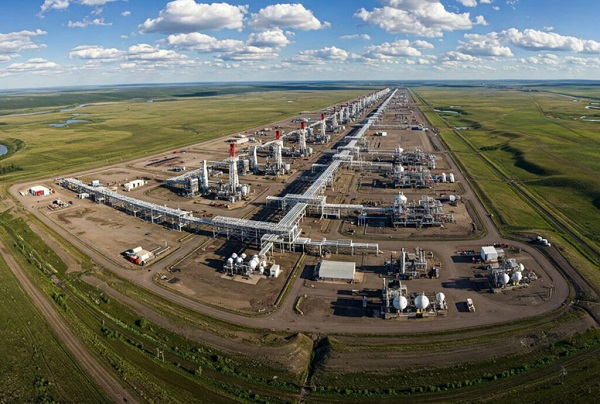
 Economy2 days ago
Economy2 days agoClearing the Path: Why Canada Needs Energy Corridors to Compete
-

 Media17 hours ago
Media17 hours agoTop Five Huge Stories the Media Buried This Week
-

 2025 Federal Election16 hours ago
2025 Federal Election16 hours ago2025 Federal Election Interference from China! Carney Pressed to Remove Liberal MP Over CCP Bounty Remark
-

 Addictions2 days ago
Addictions2 days agoThere’s No Such Thing as a “Safer Supply” of Drugs
-

 Uncategorized15 hours ago
Uncategorized15 hours agoPoilievre on 2025 Election Interference – Carney sill hasn’t fired Liberal MP in Chinese election interference scandal
-
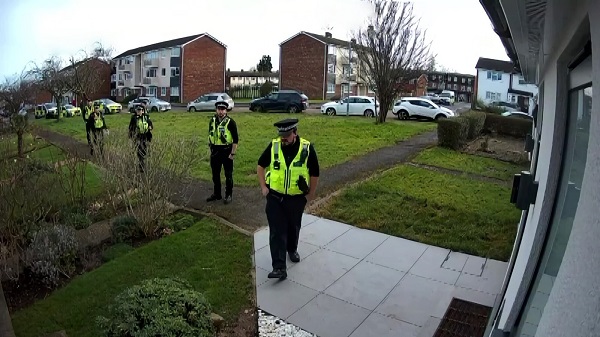
 Censorship Industrial Complex12 hours ago
Censorship Industrial Complex12 hours agoWelcome to Britain, Where Critical WhatsApp Messages Are a Police Matter
-
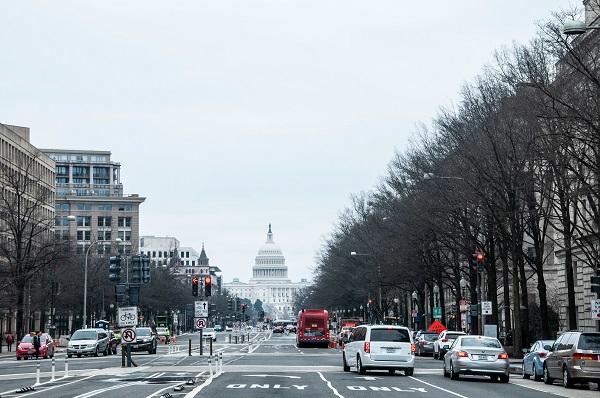
 International1 day ago
International1 day agoTrump signs executive order to make Washington D.C. “safe and beautiful”
-

 Business1 day ago
Business1 day agoCuba has lost 24% of it’s population to emigration in the last 4 years





